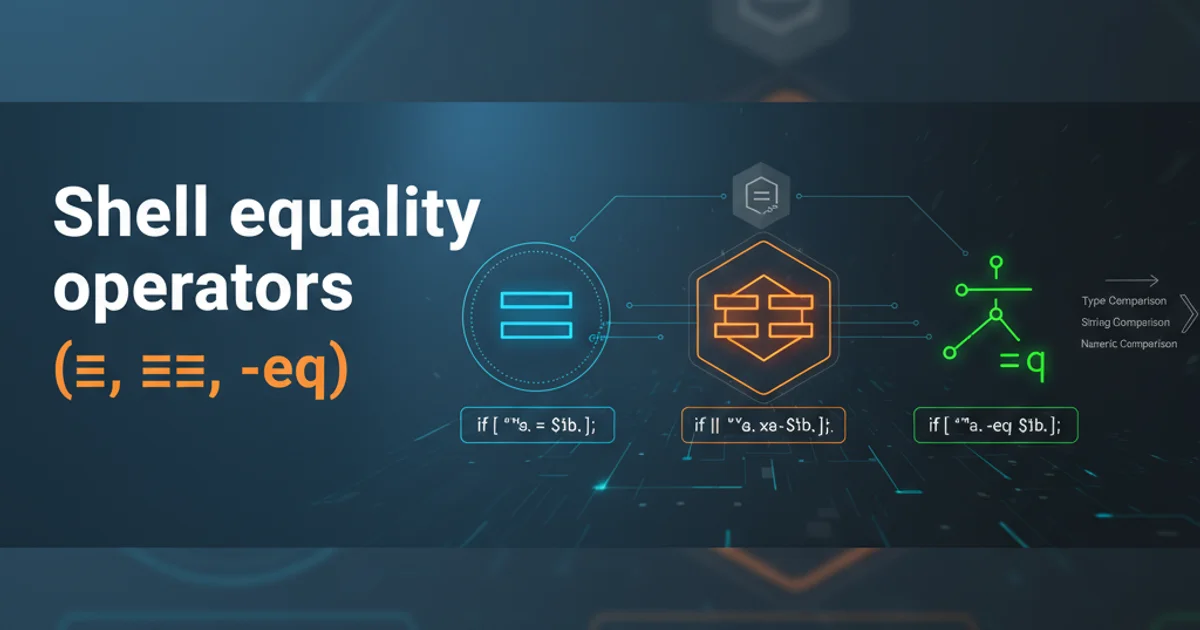How can I remove a key from a Python dictionary?
Categories:
How to Remove a Key from a Python Dictionary

Learn various methods to safely and efficiently remove keys and their corresponding values from Python dictionaries, including del, pop(), and dictionary comprehensions.
Python dictionaries are versatile data structures that store data in key-value pairs. As your program evolves, you might need to remove specific entries from a dictionary. This article explores several common and effective ways to achieve this, detailing their use cases, advantages, and potential pitfalls.
Using del Statement
The del statement is a fundamental Python construct used to delete objects. When applied to a dictionary, it removes the specified key-value pair. It's straightforward and efficient for direct key removal. However, if the key does not exist, del will raise a KeyError.
my_dict = {'name': 'Alice', 'age': 30, 'city': 'New York'}
print(f"Original dictionary: {my_dict}")
# Remove 'age' key
del my_dict['age']
print(f"Dictionary after del 'age': {my_dict}")
# Attempting to delete a non-existent key will raise KeyError
try:
del my_dict['country']
except KeyError as e:
print(f"Error: {e} - Key 'country' not found.")
Example of using del to remove a key from a dictionary.
del directly. Always ensure the key exists before attempting to delete it, or wrap the operation in a try-except block to handle KeyError gracefully.Using the pop() Method
The pop() method is another common way to remove a key from a dictionary. Unlike del, pop() returns the value associated with the removed key. It also allows you to specify a default value to return if the key is not found, preventing a KeyError.
my_dict = {'name': 'Bob', 'age': 25, 'occupation': 'Engineer'}
print(f"Original dictionary: {my_dict}")
# Remove 'occupation' and get its value
removed_occupation = my_dict.pop('occupation')
print(f"Removed occupation: {removed_occupation}")
print(f"Dictionary after pop('occupation'): {my_dict}")
# Attempt to pop a non-existent key with a default value
removed_country = my_dict.pop('country', 'Not Found')
print(f"Attempted to pop 'country': {removed_country}")
print(f"Dictionary after pop('country', 'Not Found'): {my_dict}")
# Attempt to pop a non-existent key without a default value (raises KeyError)
try:
my_dict.pop('salary')
except KeyError as e:
print(f"Error: {e} - Key 'salary' not found.")
Demonstration of pop() with and without a default value.
flowchart TD
A[Start] --> B{Key Exists?}
B -->|Yes| C[Remove Key-Value Pair]
C --> D[Return Value]
B -->|No| E{Default Value Provided?}
E -->|Yes| F[Return Default Value]
E -->|No| G[Raise KeyError]
D --> H[End]
F --> H[End]
G --> H[End]Flowchart illustrating the logic of the dict.pop() method.
Creating a New Dictionary with Dictionary Comprehension
For scenarios where you need to remove multiple keys or prefer an immutable approach (creating a new dictionary instead of modifying the original in-place), dictionary comprehensions are an elegant solution. This method iterates through the original dictionary and includes only the key-value pairs that meet a certain condition (e.g., the key is not in a list of keys to be removed).
original_dict = {'a': 1, 'b': 2, 'c': 3, 'd': 4}
keys_to_remove = ['b', 'd']
print(f"Original dictionary: {original_dict}")
# Create a new dictionary excluding specified keys
new_dict = {key: value for key, value in original_dict.items() if key not in keys_to_remove}
print(f"New dictionary after removing {keys_to_remove}: {new_dict}")
print(f"Original dictionary remains unchanged: {original_dict}")
Using dictionary comprehension to create a new dictionary without specific keys.
Choosing the Right Method
The best method for removing a key depends on your specific needs:
del: Use when you need to remove a single key and are certain it exists, or when you're prepared to handleKeyError.pop(): Ideal when you need to remove a single key and also retrieve its associated value, or when you want to provide a default value for non-existent keys.- Dictionary Comprehension: Best for removing multiple keys, creating a new dictionary without modifying the original, or when the removal logic is more complex than just checking for key existence.